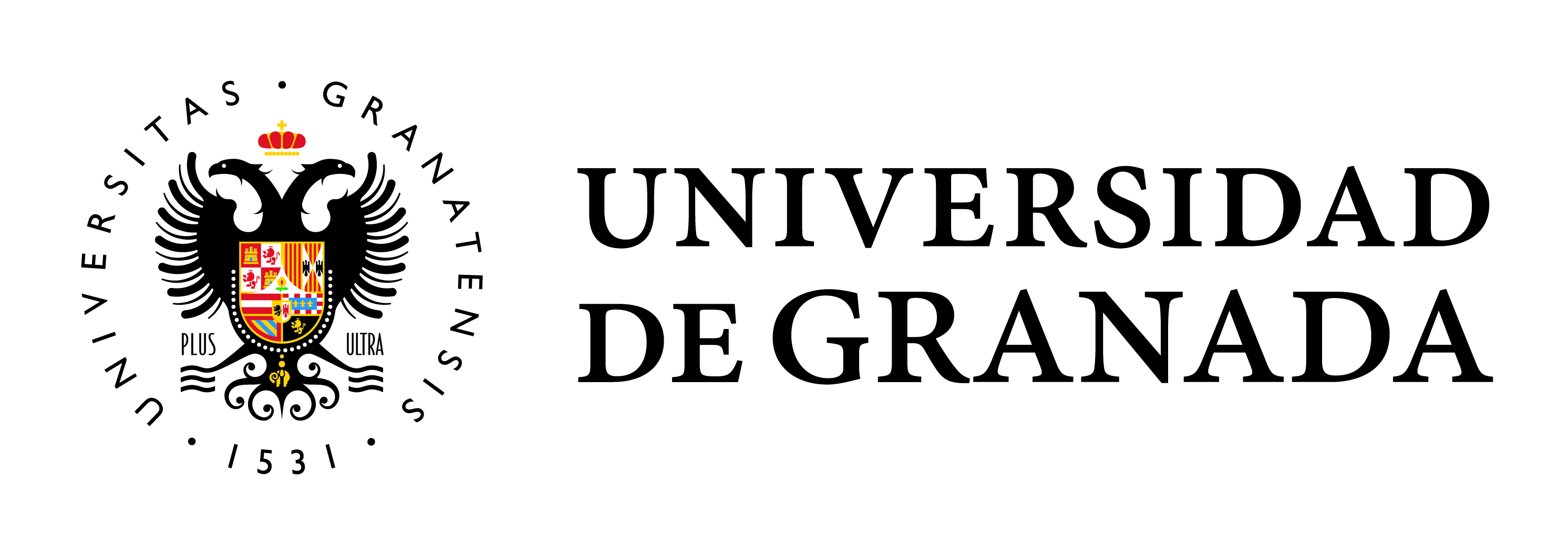Rice breathes. Values and dynamic landscapes of Guadalquivir rice marshes
Main Article Content
Abstract
Rice breathes. With such literary personification is meant to metaphorically convey how the dynamics is an intrinsic property of the rice fields and especially those of Isla Mayor’s marshes of the Guadalquivir River, which at the end of the 30s of the last century did not exist and barely 30 years after they had built a new agricultural landscape with unique attributes and elements: the type and manner of cultivating, the system of exploitation of the land and the associated habitat. The effectiveness of that transformation is explained by the inherited colonial experiences of foreign companies in these marshes and the difficult food situation of the Civil War and its immediate aftermath. One successful process of landscape architecture assumed that since the mid- seventies, “island rice” was perceived as a new world, and understood as single-output and unique landscape. Recognition of this radical transformation made that the next dynamics, important but less spectacular, have been overshadowed by the prominence of an infinite and horizontal succession of rice tables landscape.
In order to show the speed and intensity of the changes, currently is the largest paddy in Spain -a descriptive and synthetic route was made here throughout the transformation process, emphasizing the importance of those obscured and newer dynamics, including: the conflicting conversion of the minor entity of Villafranco-Puebla del Río of Guadalquivir into the town of Isla Mayor, the own conversion of rice, the emergence of new activities or incorporating Doñana as a new challenge which is able to coexist with.
Such a variety of issues and conflicts gives an idea of the complexity of the spaces and landscapes of the South paddy and their human and productive tissues. Understanding the complexity required to adopt a suitable method interdisciplinary of reading reality , so it is assumed here, as hypothesis - that reading these landscapes of respiratory rice – complex, medial and trayectivos (Berque, 2009) - will be allowing us to approximately converge, not only from geography and paint, in to a fruitful discipline dialogue, but to offer an original and new transdisciplinary narrative (Ojeda, 2013) of the horizontal and seemingly monotonous landscape of paddy of the Guadalquivir marshes.


